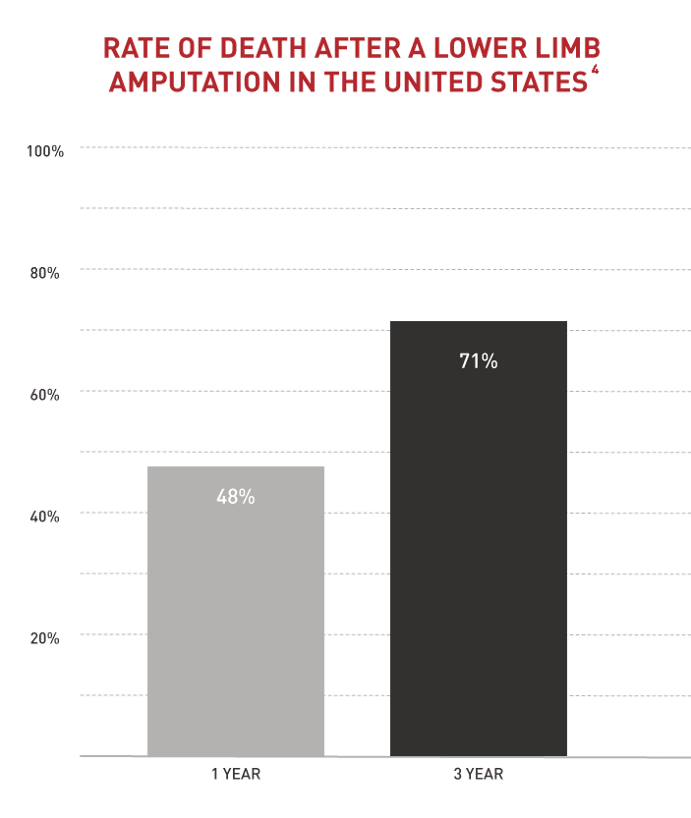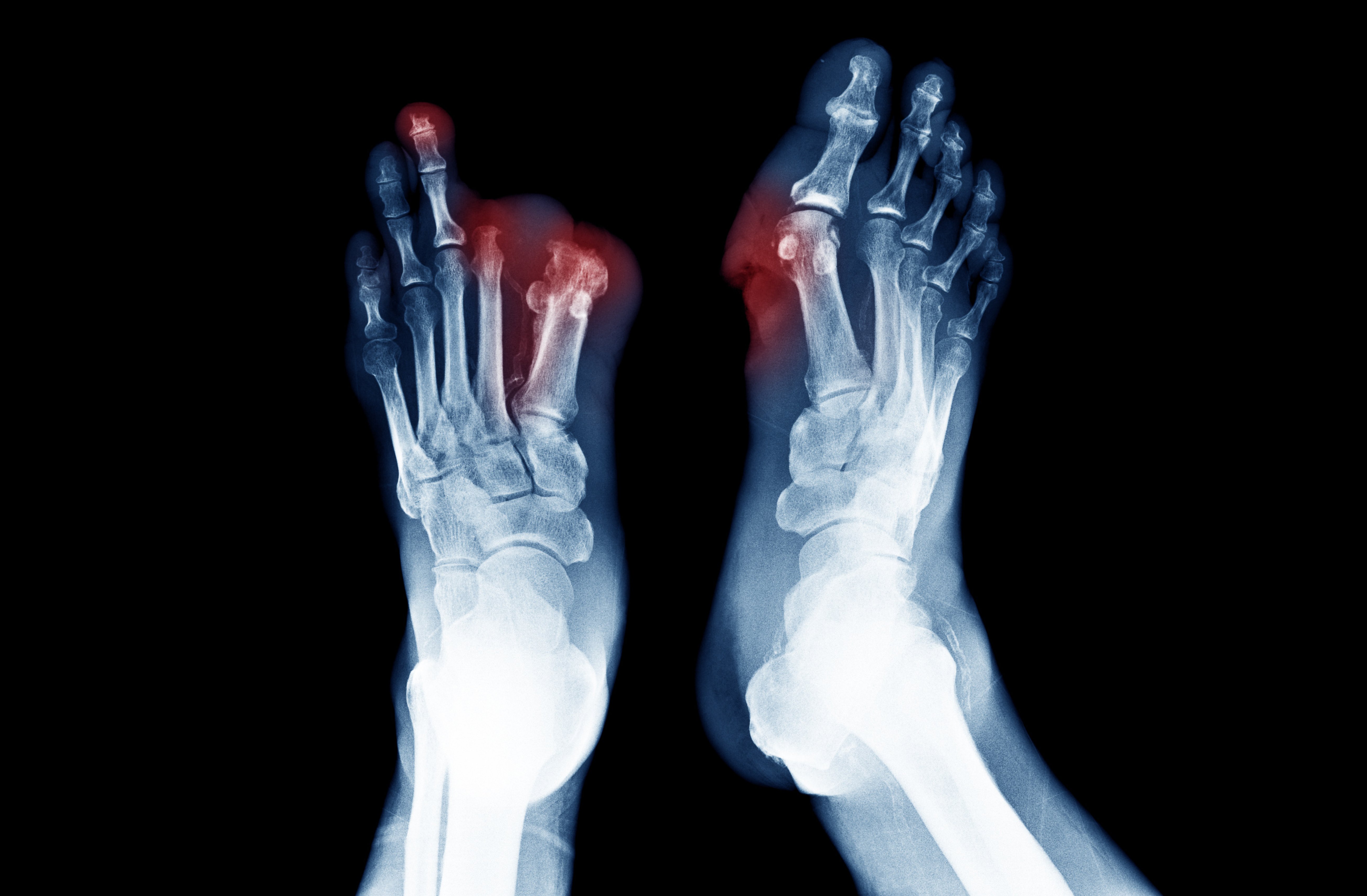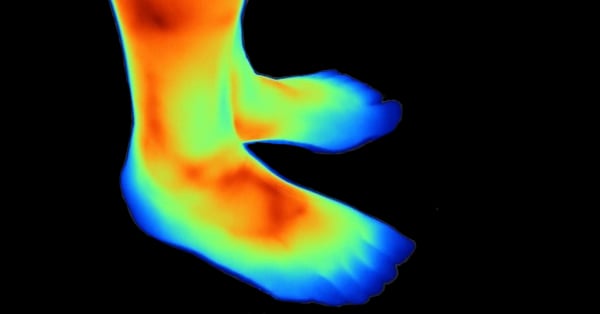Topics: "Diabetic Foot Disease", Diabetes, Gangrene, Amputation
Diabetes already affects over 170 million people worldwide today, and the number of people living with the illness continues to rise. It should reach the threshold of 366 million by 2030.1 Each year, millions of people suffer from the effects of diabetes complications. Foot ulcers, and amputation are burdens that Diabetics face regularly.
How can diabetes lead to this kind of debilitating complications and how to avoid it? This is the question we will try to answer based on the interview of Dr. Khoury, vascular surgeon in Portsmouth, Ohio.
The relation between Diabetes and PAD and its impact on patients
50% of people with diabetics foot have Peripheral Artery Disease (PAD)2. Indeed, diabetics foot ulcers are a disabling complication of diabetes and the major cause of this symptoms is the presence of PAD.
This condition causes occlusions of arteries in the lower limbs due to plaque development along the vessels’ walls. The obstructed arteries prevent healthy blood flow to the legs and feet, which can cause painful symptoms for patients with PAD. Diabetes, smoking, older age and family history are some causes of Peripheral Artery Disease.
As a vascular surgeon, Dr. Khoury has treated many patients and helped restore their quality of life by unblocking arteries, preventing gangrene and amputations.

Dr. Khoury commented “Diabetes accelerates hardening of the arteries in a lot of patients by creating local inflammation in the blood vessels, resulting in early calcifications and scarring within the wall of the vessel.” Such vascular problems impact the plaque burden, accentuating the occlusive process in the blood vessels and increasing the complexity of the disease.
“Most patients with diabetes come in with wounds in their feet that don't heal.” Said Dr. Khoury. In diabetic foot,sores that don't heal, ulcers, infection and gangrene are associated with impaired blood circulation, and insufficient oxygen supply of the tissues.
When this threshold is reached, this is called Critical Limb Ischemia (CLI), the end stage of PAD.
At this advanced stage of occlusion, even drug treatments become ineffective as they are unable to reach the infected area due to cloggedarteries.
“If left untreated, the necrosis (death of living tissue) and wounds will end up spreading, like a wildfire, and the patient who originally had an ulcer, will end up losing their foot because of accelerated spread of infection due to reduced circulation,” said Dr. Khoury.
The outcomes of patients with diabetes and PAD depend on multiple factors and can be greatly improved via revascularization procedure which aims to restore the blood flow to the legs.
Without revascularization 40% of PAD patients who develop CLI will need a lower limb amputation after 1 year.3
New treatment for better outcomes
A new revascularization method that enables the physician to see in real time inside the artery to treat it, is now available and is called Lumivascular Atherectomy. This innovative revascularization procedure using an onboard image-guidance system provides necessary information to remove the plaque safely and effectively.
Unlike traditional methods of restoring blood flow that just squish plaque to the side, Lumivascular Atherectomy involves a doctor removing the blockage from the artery entirely. This is a minimally invasive approach to restoring blood flow and it doesn’t leave the plaque in the vessel or harm the healthy tissue.
“Lumivascular technology allows me to pinpoint where the blockage is and shave it off and clear it. The technology allows me to treat specific areas, to see the wall of the vessel and to reduce the likelihood of injuring the wall of that artery. I am able select precisely the area and minimize the acceleration of disease by further enticing inflammation into the already inflamed vessel by treating the wrong area” commented Dr. Khoury.
If you or someone you love has diabetes and is experiencing poor circulation in their feet, leg pain, non-healing wounds and gangrene, you can advise them to find a Lumivascular doctor in your area. If you have been offered an amputation, please seek a second option. There are treatments that can prevent the loss of a toe or limb.
Helpful resources:
- Diabetes and Amputation: A Matter of Life and Limb
- What is connection between diabetes and gangrene?
- 14 Fast Facts About Diabetic Foot Disease and Peripheral Artery Disease
- Diabetes and Peripheral Artery Disease
- Find a Lumivascular Doctor near you.
If you have found this article helpful, please don’t forget to share!
References:
- Boyko, et al. Peripheral arterial disease, foot ulcers, lower extremity amputations, and diabetes. Diabetes in America, 3rd Edition 2015; 20: 1-34.
- J Vasc Surg. 2016
- Shishehbor, et al. Critical Limb Ischemia: An Expert Statement. J Am Coll Cardiol 2016;68:2002–15
- Swaminathan, et al. Lower extremity amputation in peripheral artery disease: improving patient outcomes. Vasc Health Risk Manag. 2014; 10: 417–424.







